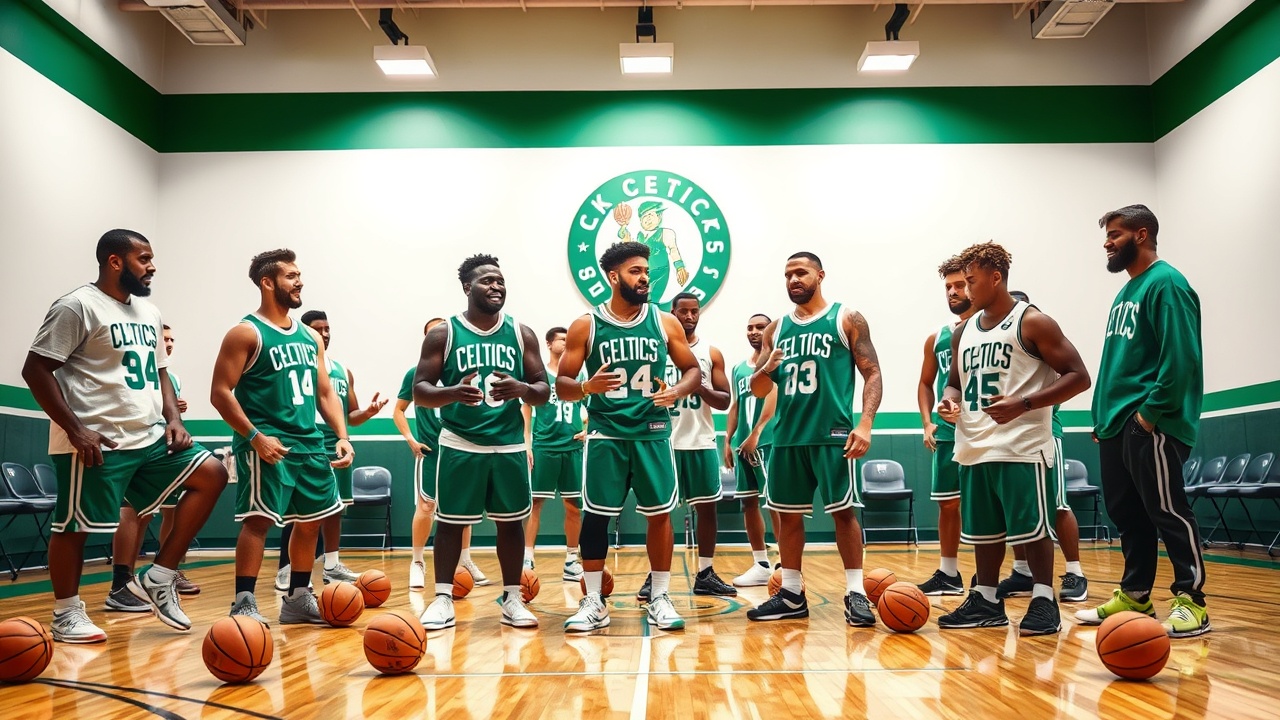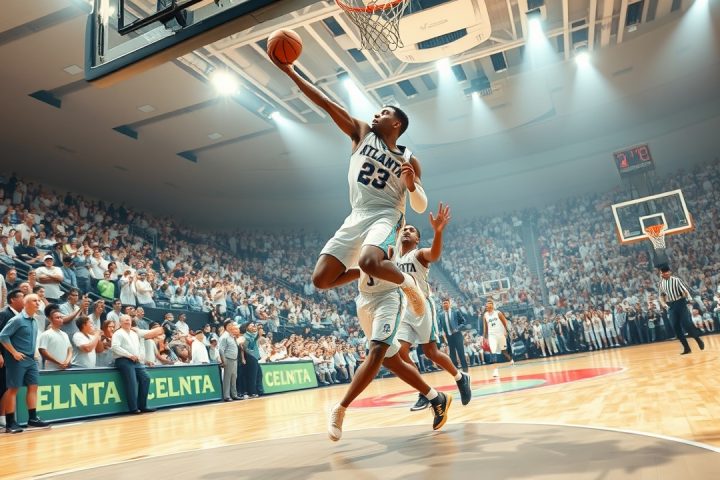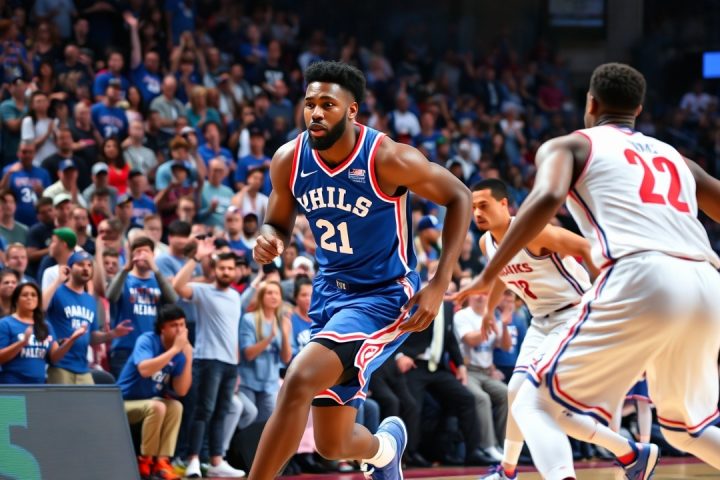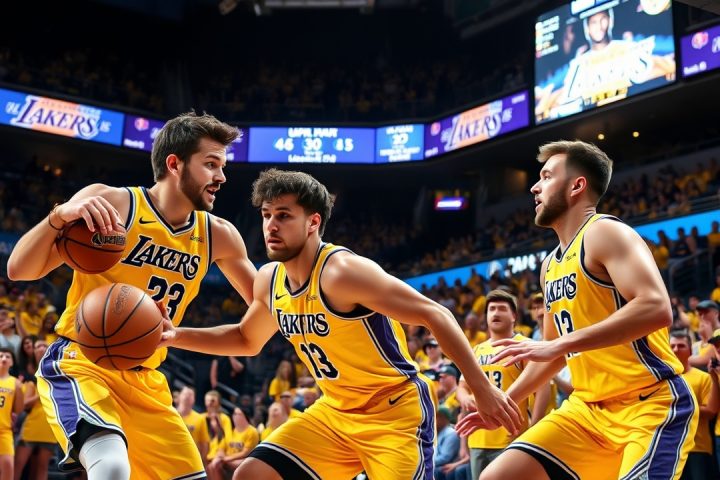NBA Free Agency and the Boston Celtics
As NBA free agency approaches, the Boston Celtics are gearing up to explore their options, although financial constraints will limit their moves. While they can start negotiating with free agents from other teams as early as Monday night, the Celtics are navigating a tight financial landscape that complicates efforts to bring in new talent. The recent trades involving Jrue Holiday and Kristaps Porzingis have opened up some possibilities, but the Celtics still have considerable adjustments to make if they wish to add meaningful players beyond minimum contracts.
Current Financial Situation
Currently, following these trades, the Celtics have 12 players signed with a total financial commitment hovering around $200 million. Should they finalize Hugo Gonzalez, their 28th overall pick from the 2025 NBA Draft, they could increase their roster by another $2.8 million. However, Boston faces several pressing financial questions as they prepare for the offseason.
How is Boston’s financial situation shaping up? The Celtics find themselves $4.5 million below the second apron but are unfortunately $15.4 million over the luxury tax threshold. Due to previous seasons in which they paid into the luxury tax, Boston faces repeater penalties that impose a steep $3.25 charge for every dollar spent over the $187.9 million tax line.
The complexities of these financial penalties are rooted in the organization’s spending habits in the prior year, which saw the Celtics shell out $193 million, leading to a tax burden estimated at $52.6 million. Despite the clearance provided by recent trades, the financial picture remains daunting. To avoid incurring further financial penalties, Boston must refrain from exceeding the luxury tax in two of the next three seasons.
Impact of Player Health and Roster Construction
With star player Jayson Tatum recovering from Achilles surgery, the Celtics are likely motivated to shed some of their luxury tax commitments. Achieving this would allow them to reset those repeater penalties, which would enable more flexibility in roster construction when Tatum is fully healthy. This flexibility could set the stage for a renewed championship window centered around Tatum and fellow stars Jaylen Brown and Malcolm Brogdon.
One feasible option for shedding salary is adjusting the contract of Anfernee Simons, their new acquisition. Moving the contracts of Georges Niang or Sam Hauser could be other strategies to relieve salary pressure.
Challenges in Retaining Key Players
On the topic of current players, retaining Luke Kornet presents a challenge for the Celtics. He recently re-signed with Boston on a minimal deal last season, but with other teams likely to make substantial offers, it may be difficult for the Celtics to keep him without sacrificing significant financial resources. It has been speculated that Kornet could command an initial salary in the range of $12 million from competing teams.
As for Al Horford, Boston’s President of Basketball Operations Brad Stevens has highlighted retaining both Horford and Kornet as primary offseason goals. Despite Horford’s advanced age, he continues to perform at a high level and would be an asset if Boston were viewed as a serious contender. However, his potential market value and the Celtics’ financial constraints create uncertainty about whether he would return to Boston unless willing to accept below-market compensation.
Future Prospects and Free Agency Decisions
With regard to signing outside talent, the Celtics must clear sufficient space to consider options such as utilizing the $5.7 million taxpayer midlevel exception. Opportunities for signing free agents are restricted without appropriate maneuvering of their roster, and the Celtics cannot risk falling back above the second apron during the 2025-26 season if they utilize these financial options.
As the initial day of free agency nears, focus will fall on the futures of Kornet and Horford. Both players will be assessing offers from other teams while the Celtics work on securing their financial footing. The move to potentially maintain Simons as a long-term investment could hinder their ability to keep Kornet or Horford if they are not careful in maximizing their financial strategy.
Currently, the Celtics feature a depth chart that includes Derrick White, Payton Pritchard, and Anfernee Simons at the guard positions; Jayson Tatum and Jaylen Brown on the wings; and Neemias Queta as a center, with free agency decisions waiting on contract negotiations with impending free agents like Al Horford and Luke Kornet. As Tatum is expected to miss significant time this season, the adjustments the Celtics make now will be pivotal in shaping their future as they continue to balance their championship aspirations with financial realities.




